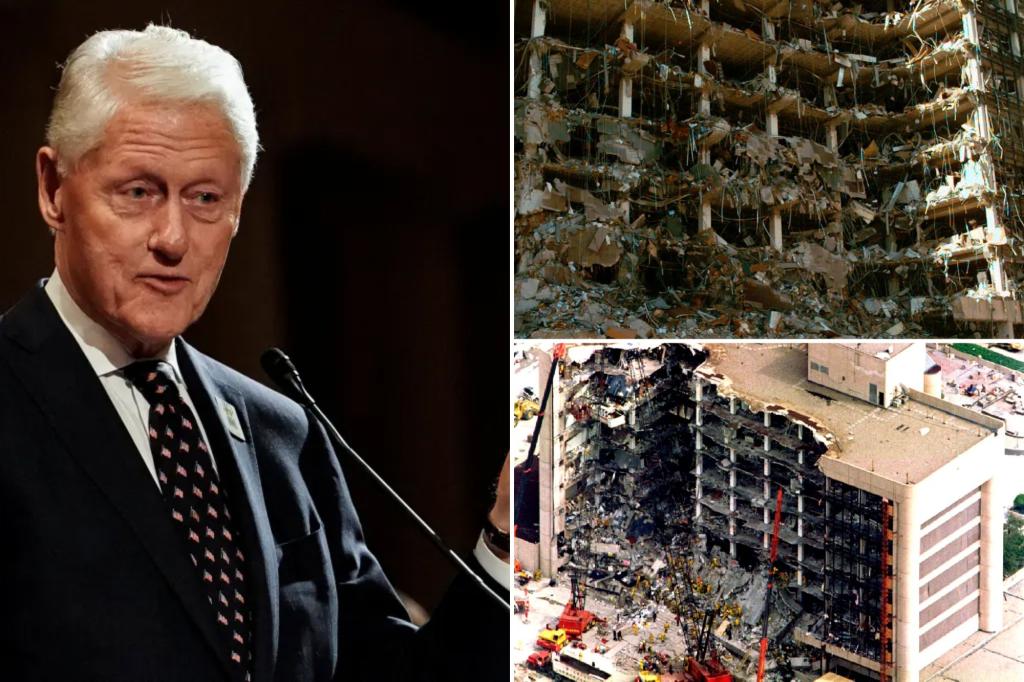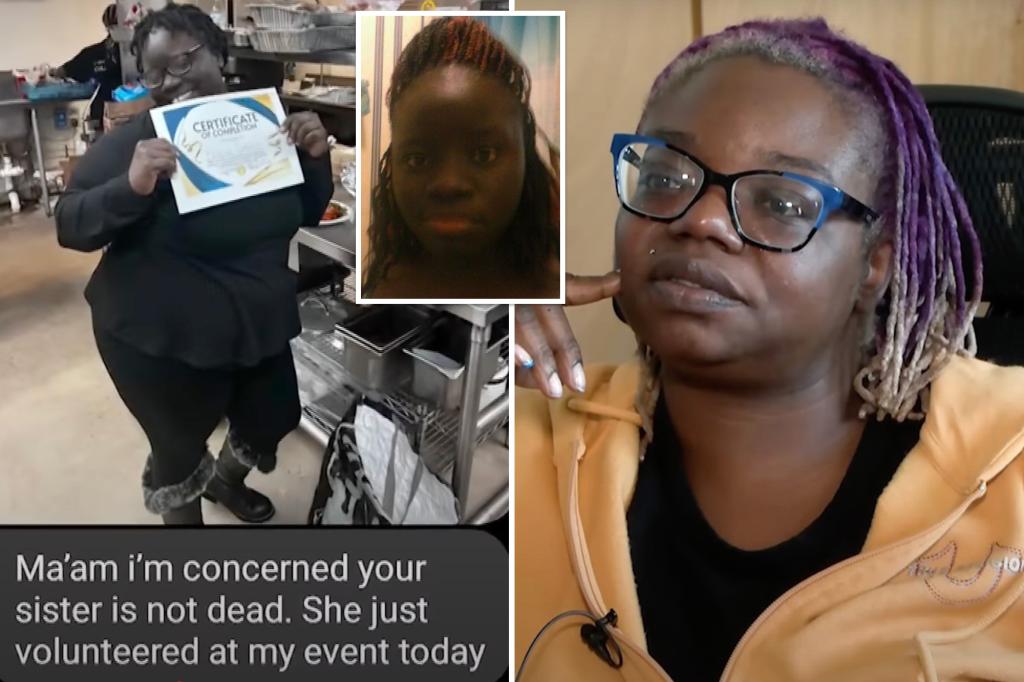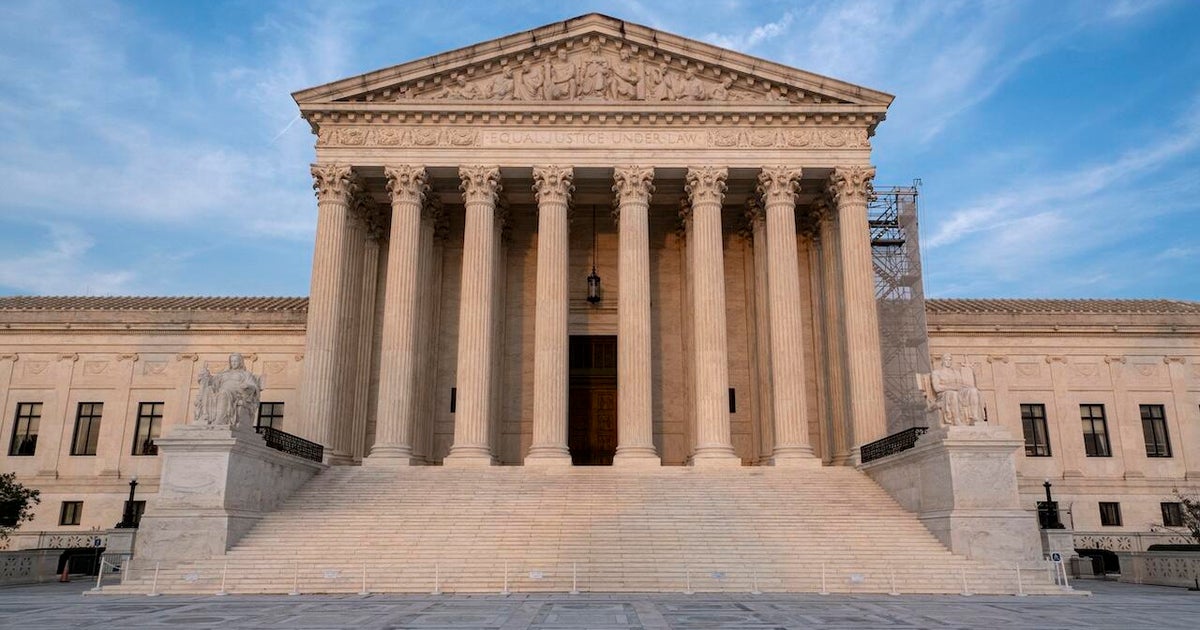Reflecting on Resilience: The 30-Year Legacy of the Oklahoma City Bombing
On April 19, 1995, a domestic terrorist attack shook Oklahoma City, killing 168 people—including 19 children—and injuring over 500 others. Thirty years later, as the nation commemorates the tragedy, former President Bill Clinton and survivors reflect on the enduring lessons of resilience, unity, and healing. The bombing, orchestrated by Timothy McVeigh, remains a stark reminder of the fragility of peace and the strength of community in the face of hatred.
The Day That Changed America
At 9:02 a.m., a massive explosion ripped through the Alfred P. Murrah Federal Building, reducing much of the structure to rubble. The blast, caused by a truck bomb containing 4,800 pounds of ammonium nitrate and fuel oil, was the deadliest act of terrorism on U.S. soil until the September 11 attacks. Rescue workers spent weeks sifting through debris, their efforts immortalized in the iconic image of firefighter Chris Fields cradling the lifeless body of one-year-old Baylee Almon.
“The Oklahoma City bombing was a wake-up call for America,” said former President Clinton, who led the nation through the aftermath. “It revealed both the depths of human cruelty and the heights of human compassion. The way Oklahomans came together showed us that love is stronger than hate.”
Lessons in Unity and Recovery
In the years following the attack, Oklahoma City transformed its grief into action. The community established the Oklahoma City National Memorial & Museum, which serves as both a tribute to the victims and a center for education on counterterrorism and resilience. According to museum records, over 5 million visitors have walked its grounds, leaving tokens of remembrance on the “Field of Empty Chairs,” where each chair symbolizes a life lost.
- 168 empty chairs stand in rows, representing the victims.
- The Survivor Tree, an American elm that withstood the blast, became a symbol of hope.
- Annual remembrance ceremonies continue to draw thousands, fostering intergenerational healing.
Dr. Robin Gurwitch, a psychologist who worked with survivors, noted, “Trauma reshapes communities, but Oklahoma City demonstrated that recovery is possible when people prioritize connection over isolation. Their model has informed disaster response worldwide.”
The Evolution of Domestic Terrorism Prevention
The bombing exposed gaps in U.S. counterterrorism efforts, prompting legislative changes. Within two years, Congress passed the Antiterrorism and Effective Death Penalty Act of 1996, which expanded federal authority to monitor and prosecute extremist threats. However, experts argue that domestic terrorism remains a persistent challenge.
“McVeigh’s ideology didn’t die with him,” warned security analyst Kathleen Belew. “The same extremist narratives that fueled the bombing—anti-government sentiment, white supremacy—are resurgent today.” FBI data shows a 320% increase in domestic terrorism cases since 2016, underscoring the need for vigilance.
A Legacy of Resilience and Remembrance
For survivors like Priscilla Salyers, who was buried under rubble for six hours, the anniversary is a time to honor the past while advocating for the future. “We can’t bring back the lives we lost, but we can ensure their stories inspire change,” she said. “Every act of kindness, every stand against division—that’s how we keep their legacy alive.”
As Oklahoma City prepares for the 30th anniversary memorial, organizers emphasize themes of education and unity. The museum will debut a new exhibit, “30 Years: Reflecting on Resilience,” featuring oral histories from first responders and survivors.
Looking Ahead: Building a More United Future
The Oklahoma City bombing’s lessons resonate deeply in today’s polarized climate. Former President Clinton urged Americans to “reject the poison of division” and embrace shared humanity. Meanwhile, educators are incorporating the tragedy into curricula to teach younger generations about the consequences of hatred and the power of solidarity.
As the sun sets over the memorial each evening, the illuminated chairs serve as a quiet testament to resilience. For visitors like high school teacher Mark Reynolds, the site offers a profound call to action: “This isn’t just history—it’s a warning and a roadmap. We have to choose hope over fear, again and again.”
To support ongoing education and memorial efforts, consider donating to the Oklahoma City National Memorial Foundation or participating in their “Teach Remember” initiative.
See more NY Times Report



